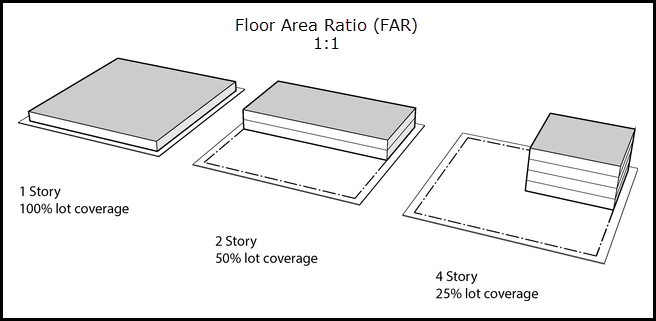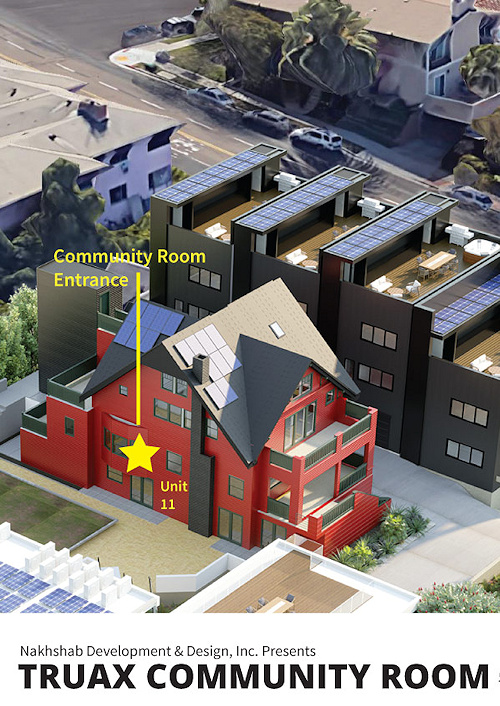Anyone who is a veteran of local housing and development politics knows that in-person public meetings, in almost any city, tend to be dominated by a regular cast of neighborhood-association leaders and seasoned advocates who claim to speak for the consensus views of their neighbors. The democratization of public comment via the internet, combined with the organizing efforts of groups like House Sacramento, has begun to demonstrate that that isn’t always so.
The Sacramento Bee article on the changes contains a telling anecdote on this front: although the neighborhood associations of several of the city’s wealthiest and most exclusive areas declared their opposition to the zoning reforms, a significant number of individual residents of those neighborhoods wrote or called in to indicate that they supported the change and opposed their association’s position.
A couple specific things in here are really promising signs that Sacramento has learned from the pitfalls other cities have faced.
One is that the city is allowing a FAR of 1.0 on normal residential lots. FAR stands for Floor Area Ratio, and is equal to the ratio of the total square footage of a building to the total square footage of the lot it sits on. (See diagram.) It’s a common metric planners use to determine how massive buildings can get, and thereby regulate intensity or density of land use.

FAR has been a bugaboo of zoning reformers in recent years, notably in Minneapolis, where part of the political pitch for legalizing triplexes citywide was that they would be required to fit into the same “box” (height and ground footprint) that a single-family house would be. The problem with this, of course, is that a triplex is not a single-family house, it’s a three-family house, and if it’s limited to a FAR of, say, 0.7 on a 5,000 square foot lot, the most space you could (optimistically) build is about three 1,100 square foot apartments. This may be suitable for a couple or two roommates, but hardly for a family or other larger household, who are thereby excluded.
Sacramento’s FAR of 1.0 is much more reasonable and may render it possible to build multi-family homes on standard residential lots that are large, or tall, enough to contain comfortable and marketable apartments.
The other promising difference in Sacramento was actually approved in mid-2020: ministerial approval for housing projects under 200 units. Called “administrative approval” in some places, this means that if a project is allowed by the zoning for its lot, it can be automatically approved with a review by city staff, and does not need to go through a public hearing and a vote of the city council.
Sacramento sets a 90 day timeline for ministerial approval of multifamily housing projects, which should prevent the costly, interminable delays and uncertain timelines that opponents in other cities sometimes weaponize to deter development.
Sacramento has elected officials who get it. (“If you think that a quadplex is always gonna be ugly, I urge you to drive down J Street and take a look at some beautiful quadplexes,” Councilwoman Angelique Ashby is quoted in the Bee as saying.) It has advocates who are energized and vocal. It also has the precedent of experiments already undertaken in cities such as Minneapolis and Portland, and a decade of intense focus on housing affordability within California, to draw on.
As the Sightline Institute’s Michael Andersen wrote, “Suddenly, zoning reforms are popping up everywhere.” Every city that undertakes one of these fixes to a long-broken system, and observes that the sky doesn’t fall, is an inspiration to countless others, where emboldened local leaders can now point and say, “See, they did it!”
As Spatial Planners and Placemaking practitioners, BRIGET is here to collaborate.






